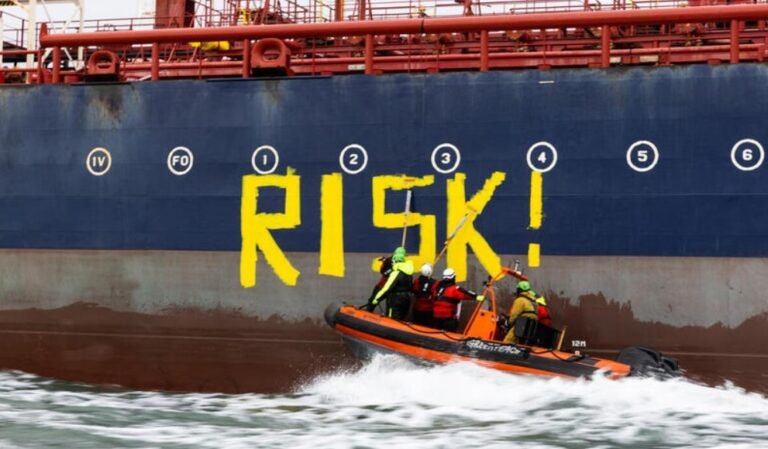Shadow Tanker Fleet Continues to Grow Despite Sanctions
Despite a torrent of sanctions from the US, UK, and EU this year, the shadow tanker fleet continues to expand at pace, according to new figures from broker BRS.
The so-called grey fleet — comprising oil tankers over 3,000 dwt — has swelled to 1,140 ships totalling 127.4m dwt, up from 930 ships (109.6m dwt) just six months ago. This marks an average growth rate of 30 vessels per month, even as Western authorities unleash the most aggressive sanctions seen for many years.
Of particular note: 886 tankers — 78% of the grey fleet — are now considered sanctioned, up dramatically from just 191 last year. This represents nearly 9% of the entire global oil tanker fleet now being blacklisted, mostly due to ties to Russia’s Sovcomflot, Iran’s NITC, or Venezuela’s PDVSA.
The fleet’s ageing profile is also alarming. At an average age of 20.2 years, grey tankers are significantly older than the mainstream average of 15 years. Instead of heading to scrap yards, many of these elderly ships are being traded into shadow operations due to resale premiums far exceeding demolition values.
The largest segment of the shadow fleet includes 977 tankers over 34,000 dwt, making up 17.3% of the global fleet in that size bracket. There are now 166 grey VLCCs and 133 suezmaxes, putting the shadow fleet at 18.2% of global oil tanker tonnage.
Despite these risks, Western shipowners have cashed in heavily. Investigative platform Follow The Money reports more than $6bn has been earned from selling older tankers into shadow operations.
Adding to the scrutiny, over 800 sanctioned ships reportedly lack confirmed insurance, raising alarms about the potential for catastrophic oil spills or collisions. The rising number of registries, insurers, and vessels listed in sanctions packages underscores the regulatory pressure — but has so far done little to halt the fleet’s expansion.
Last month, two ship registries and 105 vessels were among entities listed in the EU’s latest Russian sanctions, while the UK targeted 137 vessels at the same time over Russia links. Last week saw the US Treasury unleash its largest Iran shipping sanctions since 2018.


